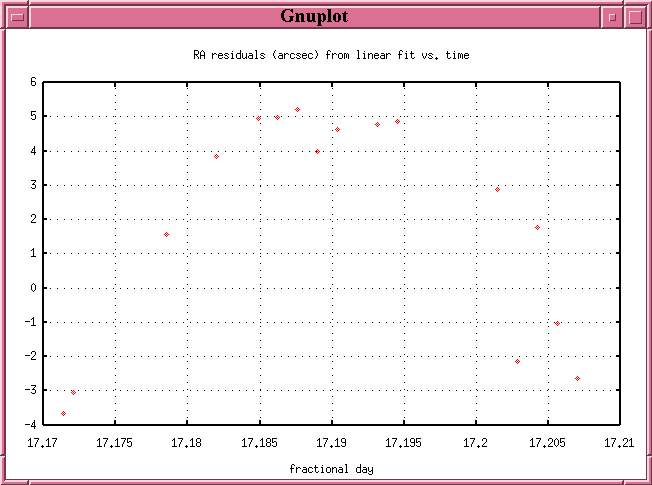


Extreme Precision Astrometry is not only useful, but is essential to the future of exoplanet research. Planetary systems not amenable to RV search, such as those in a "face-on" orientation, will be surveyed for the first time. High Definition Astrometry will provide a means to confirm the existence of Radial Velocity (RV) planets while, at the same time, measuring true mass, along with orbit inclination and radius, i.e., system architecture. If such a periodic shift is detected, it is almost certain that the star is being orbited by an unseen. When planet hunters use astrometry, they look for a minute but regular wobble in a star's position compared to the positions of other stars. This includes Earth Analogs, thereby allowing the value of eta-Earth to be directly determined, without resort to extrapolation. The International Celestial Reference Frame (ICRF) has now been realized with compact extragalactic objects whose radio-frequency positions are measured at the submilliarcsecond level by VLBI (Very Long Baseline Interferometry). Astrometry is the science (and art) of precision measurement of stars' locations in the sky. The applications are numerous and include luminosity calibration, star-cluster. The information obtained by astrometric measurements provides information on the kinematics and physical origin of the Solar System and our galaxy, the Milky Way. Often the mean value of the astrophysical quantity or a description of its distribution is sought. Astrometry is the branch of astronomy that involves precise measurements of the positions and movements of stars and other celestial bodies. For the first time, the realm of temperate terrestrial worlds will be explored. The term statistical astrometry refers to the inference of astrophysical quantities from samples (i.e. the branch of astronomy that studies the dimensions of heavenly bodies, especially the measurements made to determine the positions and orbits of various stars.
#DEFINITION OF ASTROMETRY WINDOWS#
This library works on Linux and macOS, but not Windows (at the moment). Stars must be provided as a list of pixel positions. High Definition Astrometry (0.1 - 1.0 micro-arcseconds) will open a new window into neighboring planetary systems. Unlike, Astrometry does not include FITS parsing or image pre-processing algorithms.


 0 kommentar(er)
0 kommentar(er)
